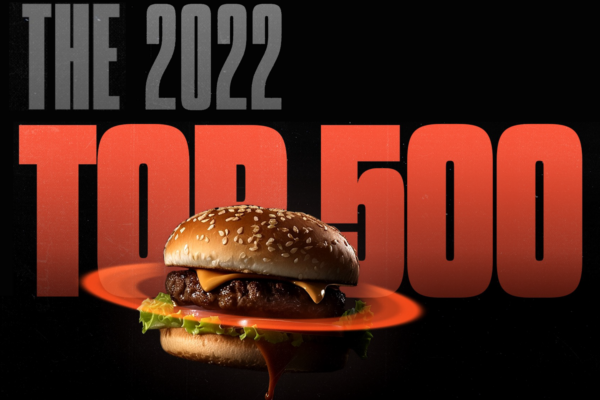There’s no denying that the COVID-19 pandemic and subsequent economic recession has impacted the food industry. But when we drill down to the segment level, how do these challenges vary?
Each segment faces its own unique challenges. Lodging, K-12, and college and university dining have seen big hits due to the decrease in travel and the move to virtual learning. Dining establishments from QSRs to fine dining have completely changed their operations to provide contactless delivery. Meanwhile, only one segment has actually grown from 2019 to 2020.
Here are some of the foodservice recovery trends we’re seeing across segments.
“Would you like to sit inside or outside?”
We’ve previously reported that more than half of diners were definitely concerned or would definitely avoid eating out as of June when restaurants began to reopen. Consumers are increasingly more comfortable with the idea of dining out—with one stipulation: 63% of consumers feel safe eating in restaurants if they’re able to eat outside.
Segments like fast casual and quick service are better positioned to meet customers’ safety concerns, as diners typically eat their meals off the premises. Investing in creating outdoor dining spaces—and as we head into the winter months, heat lamps, and protection from the elements—will help more diners feel comfortable.
Supermarket sweep-ing the competition
The food segment report shows that every segment is experiencing an overall negative impact compared to 2019. Even a segment like quick service, which was largely able to remain operational throughout the shutdown, has taken a hit in terms of overall consumer spend and operator spend.
The one segment that’s experiencing growth? Prepared food departments in supermarkets. As everyone switched to relying entirely on grocery stores virtually overnight, prepared food departments offered a way for people to find easy, quick meals that didn’t require a YouTube tutorial to cook. Consumers generally feel prepared food from supermarkets is safe (51%), but it depends on the format; items kept behind a counter are seen as safer than buffet-style options.
Food trends just as important as ever
While each segment faces its own unique challenges when it comes to reopening, the need to provide the items that consumers crave is important across the board.
In fine dining, one of the segments hit hardest by COVID-19, 24% of operators said that food trends will be even more important in the coming months as they struggle to balance maintaining an elegant experience with safety protocols. On the other end of the spectrum, casual dining operators are looking to revamp menus and reduce the number of menu items to cut costs.
Many of these businesses have only been reopened for a couple of months, and foodservice recovery could take years. Nearly half of the businesses in some segments still aren’t open for dine-in. We’re all learning from one another how best to proceed, and sharing insights into our experiences will help us make the right decisions for operators, employees, and most importantly, diners.
For more food industry insights by segment, download the latest issue of FoodBytes!







